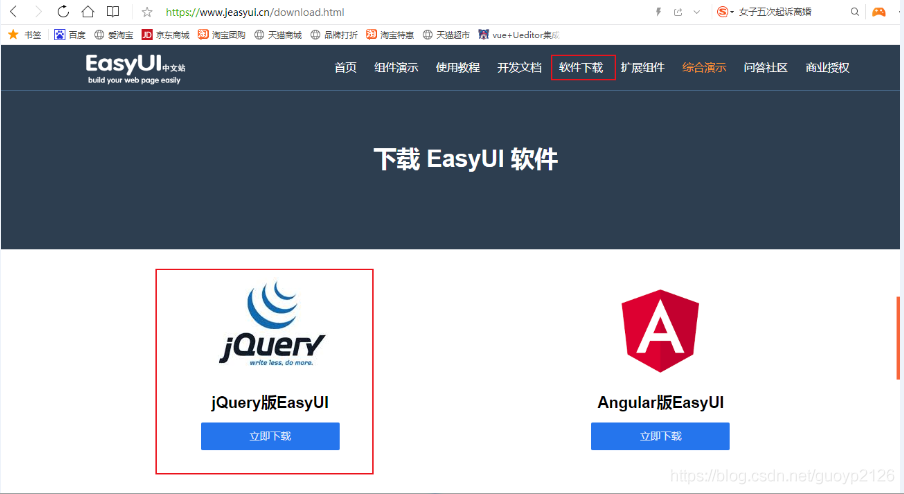梅花真洁白啊!像冬天里的雪花;梅花真美丽啊!像翩翩起舞的天鹅;梅花真坚强啊!像个英勇的战士。梅花坚强不屈的精神一直激励着我前进。
JSP 中Hibernate实现映射枚举类型
问题:
Java BO类Gender是枚举类型,想在数据库中存成字符串格式,如何编写hbm.xml?
public enum Gender{
UNKNOWN("Unknown"),
MALE("Male"),
FEMALE("Female");
private String key;
private Gender(final String key) {
this.key = key;
}
public getGender(String key) {
for (Gender gender : Gender.values()) {
if (key.euqals(gender.getKey()))
return gender;
}
throw new NoSuchElementException(key);
}
}
使用UserType:
public class GenderUserType implements UserType {
private static int[] typeList = { Types.VARCHAR};
/*
* Return the SQL type codes for the columns mapped by this type.
* The codes are defined on <tt>java.sql.Types</tt>. */
/**设置和Gender类的sex属性对应的字段的SQL类型 */
public int[] sqlTypes() {
return typeList;
}
/*The class returned by <tt>nullSafeGet()</tt>.*/
/** 设置GenderUserType所映射的Java类:Gender类 */
public Class returnedClass() {
return Gender.class;
}
/** 指明Gender类是不可变类 */
public boolean isMutable() {
return false;
}
/*
* Return a deep copy of the persistent state, stopping at entities and at
* collections. It is not necessary to copy immutable objects, or null
* values, in which case it is safe to simply return the argument.
*/
/** 返回Gender对象的快照,由于Gender类是不可变类, 因此直接将参数代表的Gender对象返回 */
public Object deepCopy(Object value) {
return (Gender)value;
}
/** 比较一个Gender对象是否和它的快照相同 */
public boolean equals(Object x, Object y) {
//由于内存中只可能有两个静态常量Gender实例,
//因此可以直接按内存地址比较
return (x == y);
}
public int hashCode(Object x){
return x.hashCode();
}
/*
* Retrieve an instance of the mapped class from a JDBC resultset. Implementors
* should handle possibility of null values.
*/
/** 从JDBC ResultSet中读取key,然后返回相应的Gender实例 */
public Object nullSafeGet(ResultSet rs, String[] names, Object owner)
throws HibernateException, SQLException{
//从ResultSet中读取key
String sex = (String) Hibernate.STRING.nullSafeGet(rs, names[0]);
if (sex == null) { return null; }
//按照性别查找匹配的Gender实例
try {
return Gender.getGender(sex);
}catch (java.util.NoSuchElementException e) {
throw new HibernateException("Bad Gender value: " + sex, e);
}
}
/*
* Write an instance of the mapped class to a prepared statement. Implementors
* should handle possibility of null values.
* A multi-column type should be written to parameters starting from <tt>index</tt>.
*/
/** 把Gender对象的key属性添加到JDBC PreparedStatement中 */
public void nullSafeSet(PreparedStatement st, Object value, int index)
throws HibernateException, SQLException{
String sex = null;
if (value != null)
sex = ((Gender)value).getKey();
Hibernate.String.nullSafeSet(st, sex, index);
}
/*
* Reconstruct an object from the cacheable representation. At the very least this
* method should perform a deep copy if the type is mutable. (optional operation)
*/
public Object assemble(Serializable cached, Object owner){
return cached;
}
/*
* Transform the object into its cacheable representation. At the very least this
* method should perform a deep copy if the type is mutable. That may not be enough
* for some implementations, however; for example, associations must be cached as
* identifier values. (optional operation)
*/
public Serializable disassemble(Object value) {
return (Serializable)value;
}
/*
* During merge, replace the existing (target) value in the entity we are merging to
* with a new (original) value from the detached entity we are merging. For immutable
* objects, or null values, it is safe to simply return the first parameter. For
* mutable objects, it is safe to return a copy of the first parameter. For objects
* with component values, it might make sense to recursively replace component values.
*/
public Object replace(Object original, Object target, Object owner){
return original;
}
}
然后再hbm.xml中定义映射关系:
<hibernate-mapping package="" default-lazy="true" default-cascade="save-update,merge,persist">
<typedef name="Gender" class="com.alpha.hibernate.GenderUserType">
<property name="gender" type="Gender">
<column name="GENDER" not-null="true">
</column>
</property>
延伸:
为每个枚举类型定义一个UserType是比较麻烦的,可以定义一个抽象类。
例如扩展下例即可适用于所有保存为index的枚举类型
public abstract class OrdinalEnumUserType<E extends Enum<E>> implements UserType {
protected Class<E> clazz;
protected OrdinalEnumUserType(Class<E> clazz) {
this.clazz = clazz;
}
private static final int[] SQL_TYPES = {Types.NUMERIC};
public int[] sqlTypes() {
return SQL_TYPES;
}
public Class<?> returnedClass() {
return clazz;
}
public E nullSafeGet(ResultSet resultSet, String[] names, Object owner)
throws HibernateException, SQLException {
//Hibernate.STRING.nullSafeGet(rs, names[0])
int index = resultSet.getInt(names[0]);
E result = null;
if (!resultSet.wasNull()) {
result = clazz.getEnumConstants()[index];
}
return result;
}
public void nullSafeSet(PreparedStatement preparedStatement,
Object value,int index) throws HibernateException, SQLException {
if (null == value) {
preparedStatement.setNull(index, Types.NUMERIC);
} else {
//Hibernate.String.nullSafeSet(st, sex, index);
preparedStatement.setInt(index, ((E)value).ordinal());
}
}
public Object deepCopy(Object value) throws HibernateException{
return value;
}
public boolean isMutable() {
return false;
}
public Object assemble(Serializable cached, Object owner)
throws HibernateException {
return cached;
}
public Serializable disassemble(Object value) throws HibernateException {
return (Serializable)value;
}
public Object replace(Object original, Object target, Object owner)
throws HibernateException {
return original;
}
public int hashCode(Object x) throws HibernateException {
return x.hashCode();
}
public boolean equals(Object x, Object y) throws HibernateException {
if (x == y)
return true;
if (null == x || null == y)
return false;
return x.equals(y);
}
}
感谢阅读,希望能帮助到大家,谢谢大家对本站的支持!
本文JSP 中Hibernate如何实现映射枚举类型到此结束。勤奋能够弥补聪明的不足,但聪明无法弥补懒惰的缺陷。小编再次感谢大家对我们的支持!

